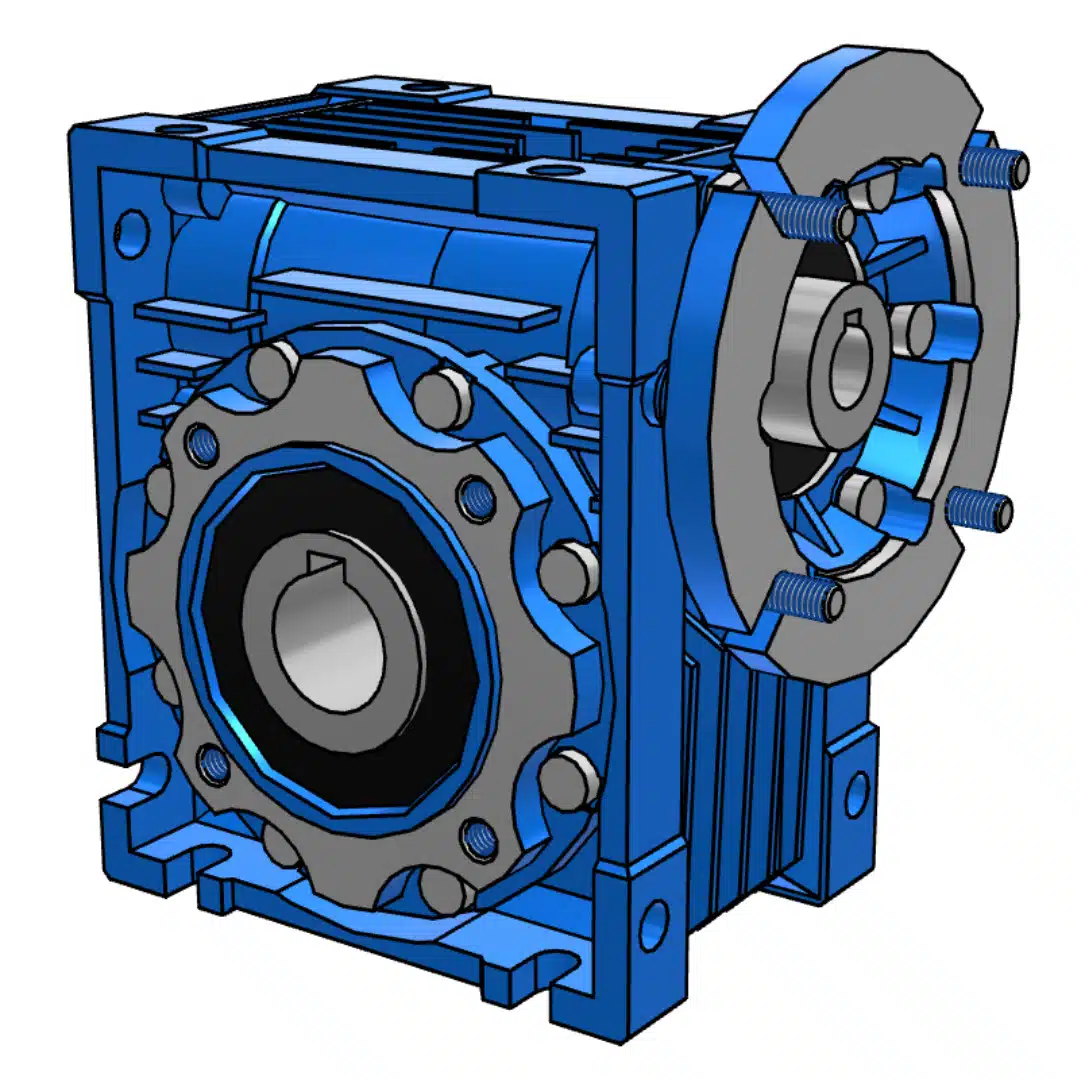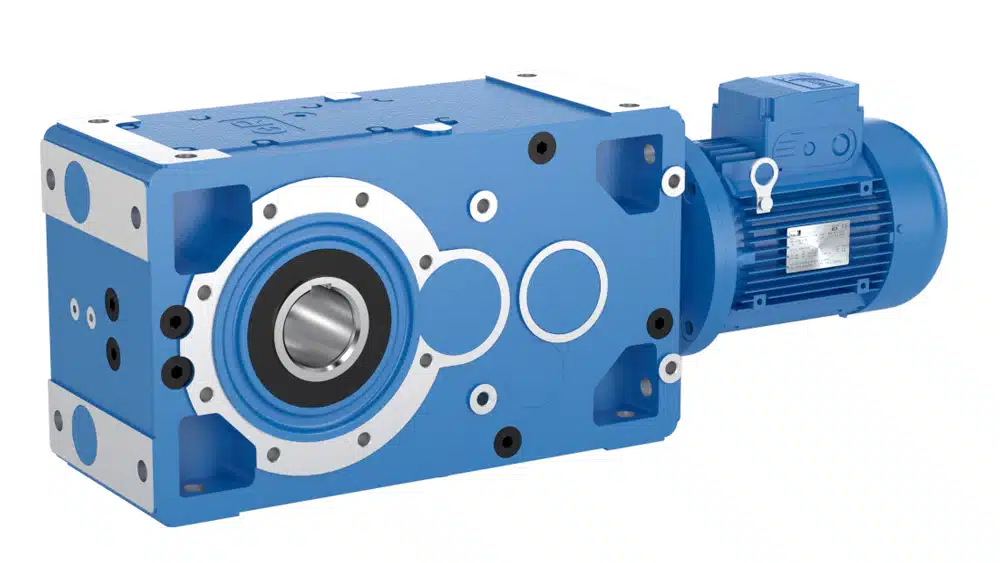Your cart is currently empty!
Understanding the Inner Working of A Mechanical gearbox
In the arena of industrial machinery and heavy-duty applications, mechanical gearboxes function as the heart, transmitting power and controlling the enormity of loads. These robust assemblies hold the fort of industrial operations, enabling smooth power transmission and torque conversion. In this article, we will:
- Decode the inner workings of an industrial mechanical gearbox
- Discover the range of components that make it operate
- Uncover the various types of gearboxes and their specific functions
Gears: The Building Blocks
Industrial mechanical gearboxes, the behemoths they are, are built to withstand colossal forces and manage high torque applications. They house heavy-duty gears, often constructed from materials like hardened steel or specialised alloys. The gears, featuring precise tooth profiles, ensure smooth meshing and optimal power transmission. Depending on the specific requirements of an application, gear configurations can vary from helical, spur, to bevel gears.
Power: The Input and Output
Designed to handle substantial power inputs from engines, motors, or other primary movers, industrial gearboxes act as the conduit for power transmission. The input power, transferred through the gearbox, results in the output that is delivered to the machinery or equipment in operation. The gears in the gearbox are tactically arranged to achieve the desired speed and torque conversion, thereby enabling an efficient industrial process.
Gear Reduction and Torque Conversion
One of the primary functions of an industrial mechanical gearbox is gear reduction. This is where the rotational speed of the input shaft is brought down while the torque output is increased. Achieved by incorporating gears with varying numbers of teeth in a series or parallel configuration, this gear ratio determines the speed reduction and torque amplification. This allows the gearbox to align with the specifications of the driven machinery.
Use the free gear reduction calculator here.
Lubrication and Cooling Systems
Given that industrial gearboxes function under high loads and temperatures, they require effective lubrication and cooling mechanisms. Lubricating oil is circulated throughout the gearbox to minimize friction, reduce wear and tear, and disperse heat. Cooling systems such as fans or heat exchangers help maintain optimal operating temperatures, ensuring the gearbox’s longevity and efficiency.
Shaft Arrangement and Couplings
Featuring complex shaft arrangements to house multiple gears and allow for various gear combinations, industrial gearboxes ensure the smooth transfer of power from the input shaft to the output shaft. Couplings, such as flexible or rigid types, connect the gearbox with the driven machinery, providing a secure and efficient power transmission interface.
Overload Protection and Safety
In order to protect both the gearbox and the machinery it drives, industrial gearboxes often incorporate overload protection mechanisms. These include torque limiters, safety clutches, or shear pins that disengage or break in the case of excessive loads or sudden shock forces. Such safety features prevent damage to the gearbox and safeguard the entire industrial system from potential failures.
Conclusion
Industrial mechanical gearboxes, the unsung heroes of heavy machinery, quietly facilitate the operation of countless industrial processes. Their robust construction, meticulous gear arrangements, and torque conversion abilities ensure efficient power transmission and optimal performance amidst challenging industrial demands. Interested in learning more about these incredible machines? Check out similar articles on our blog:
- Motovario Gearboxes and Motors
- Things To Know Before Selecting a Gearbox
- Bevel Helical Gearboxes Vs Worm Gearboxes
Looking to invest in a reliable mechanical gearbox for your industrial needs? Don’t hesitate to contact us at 258 Engineering Supplies.


